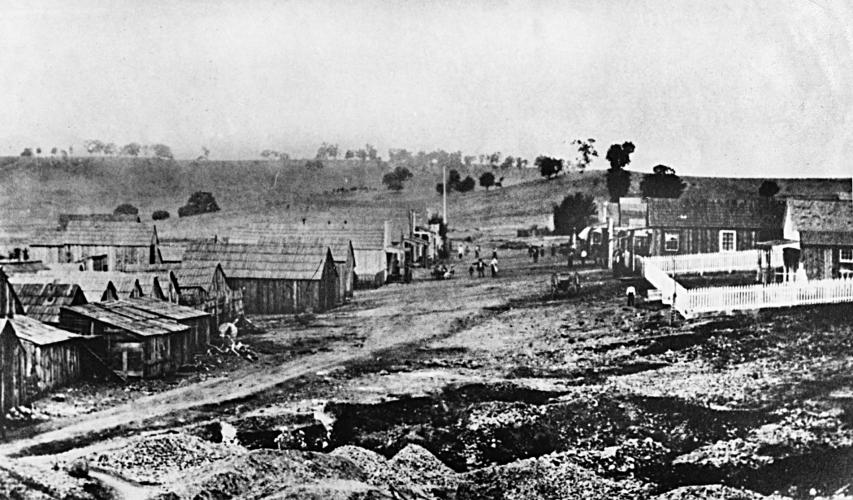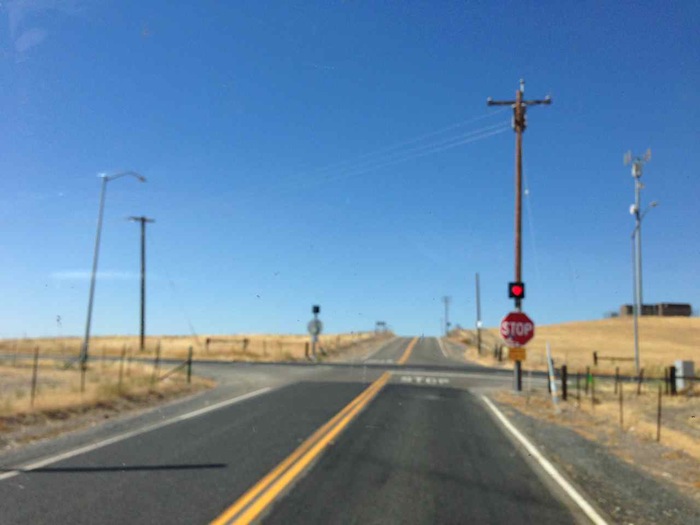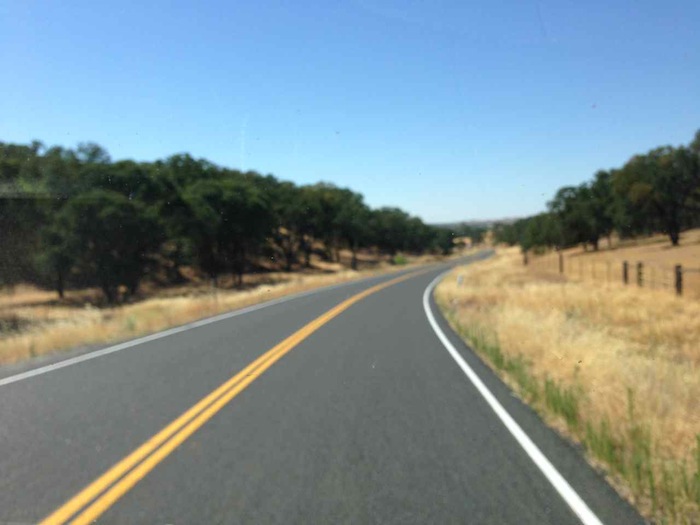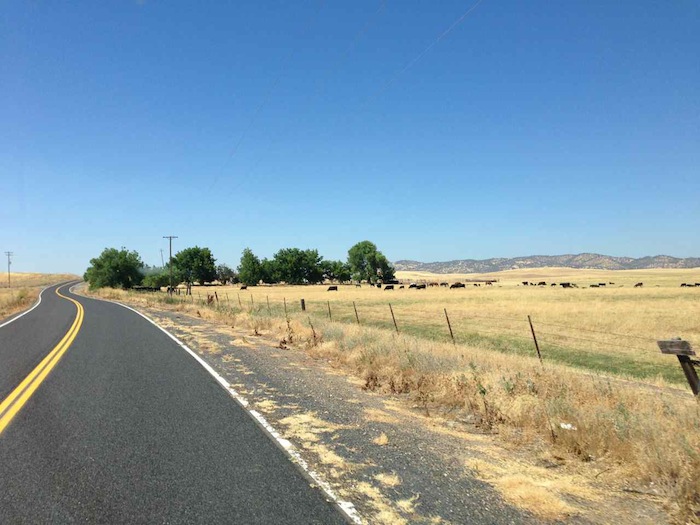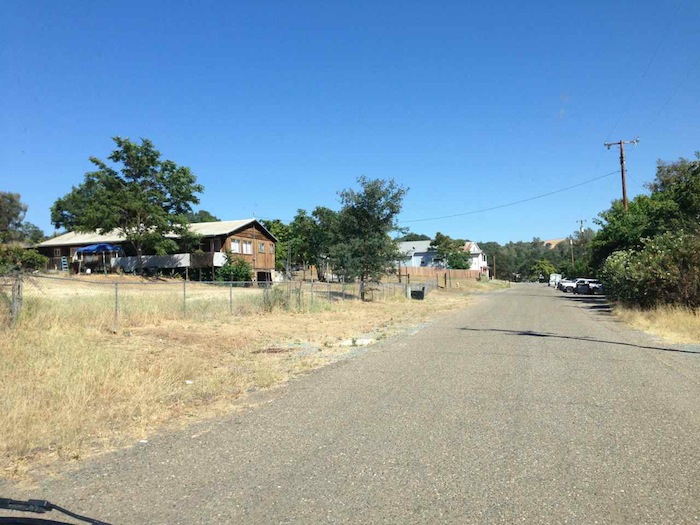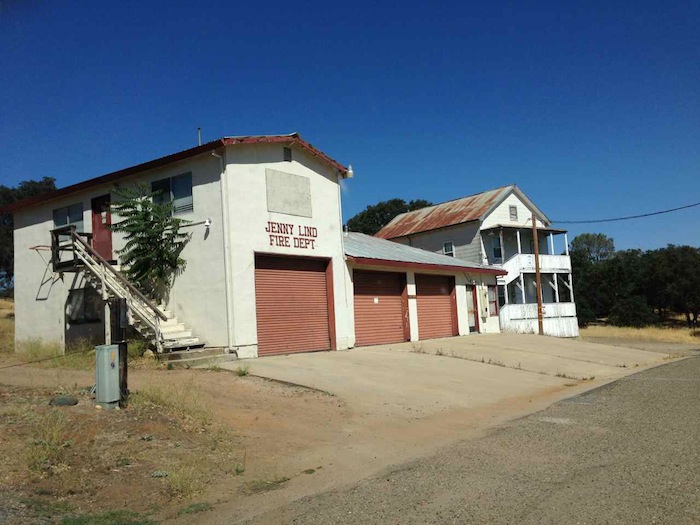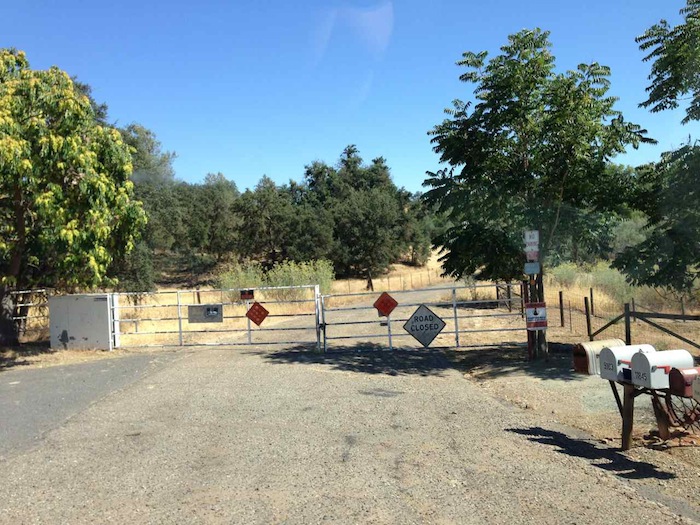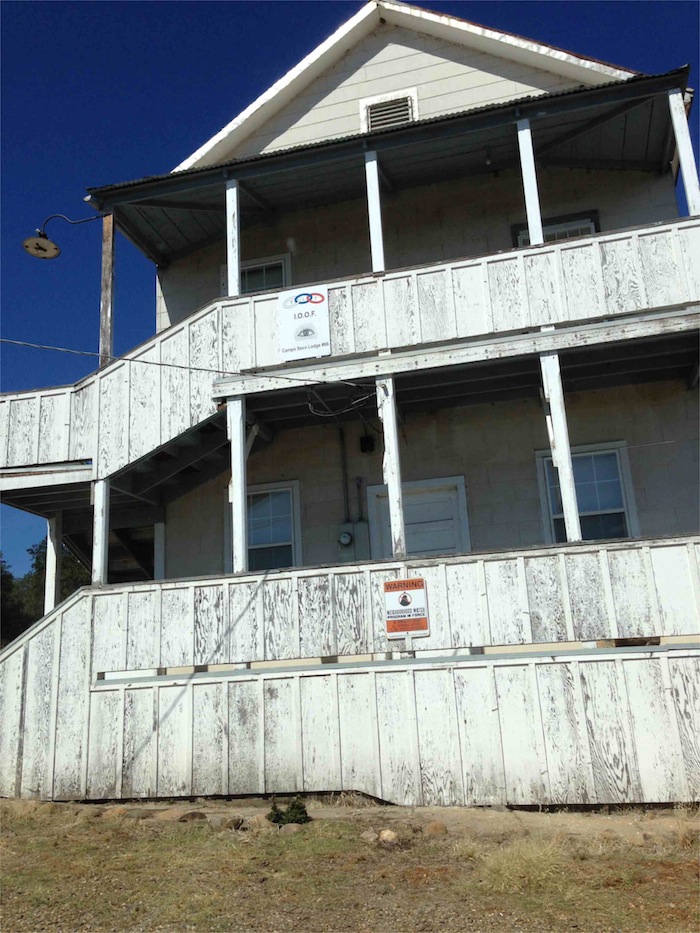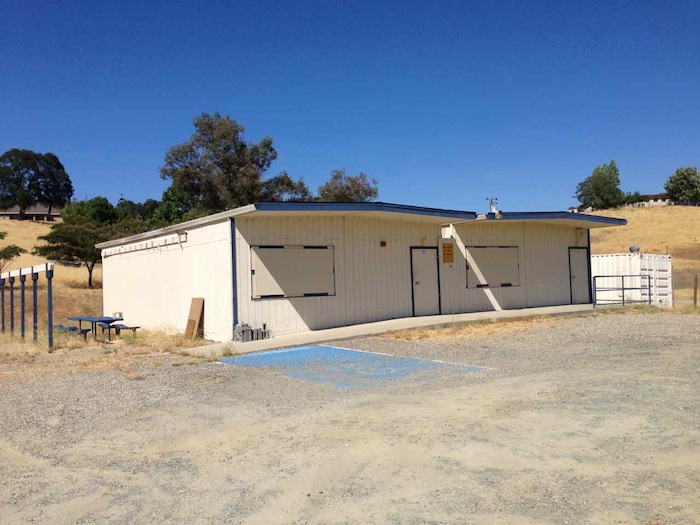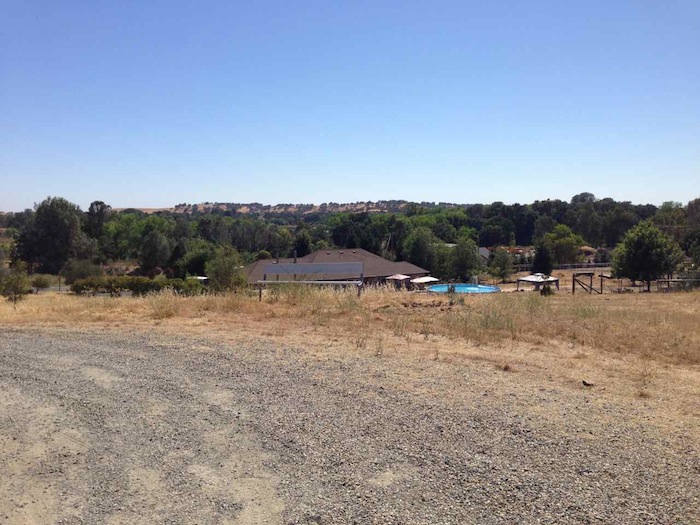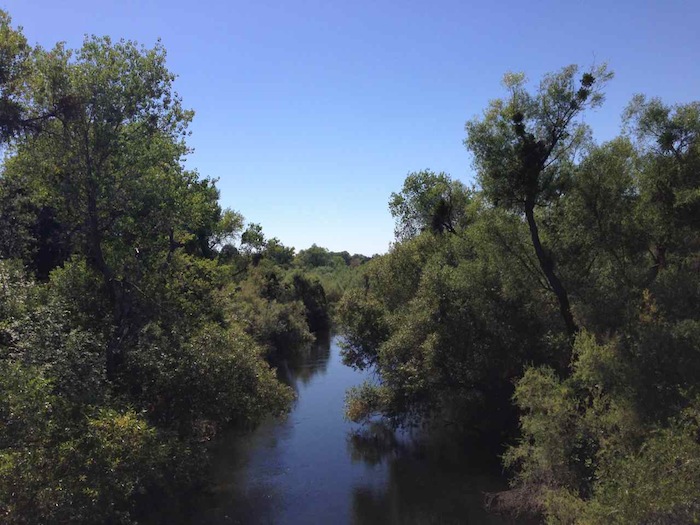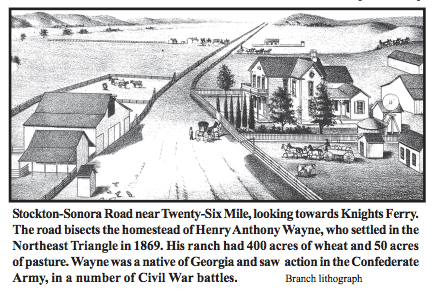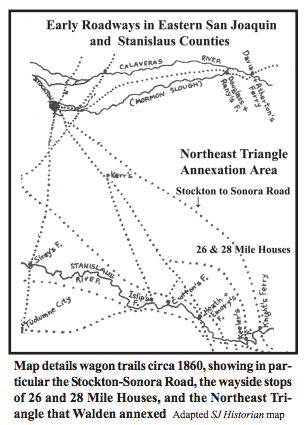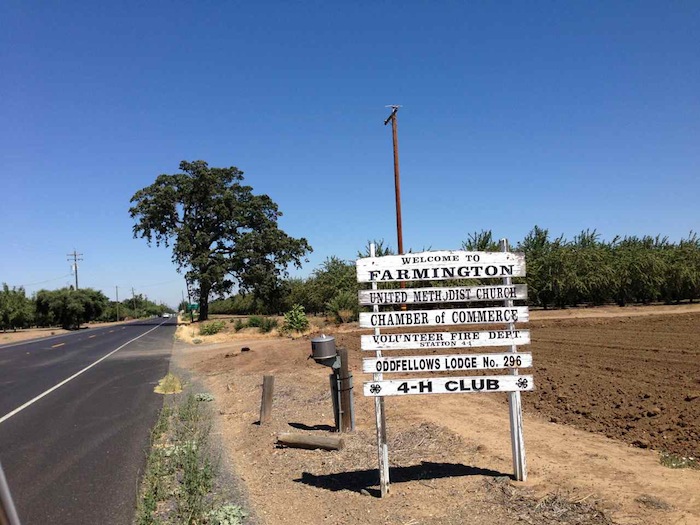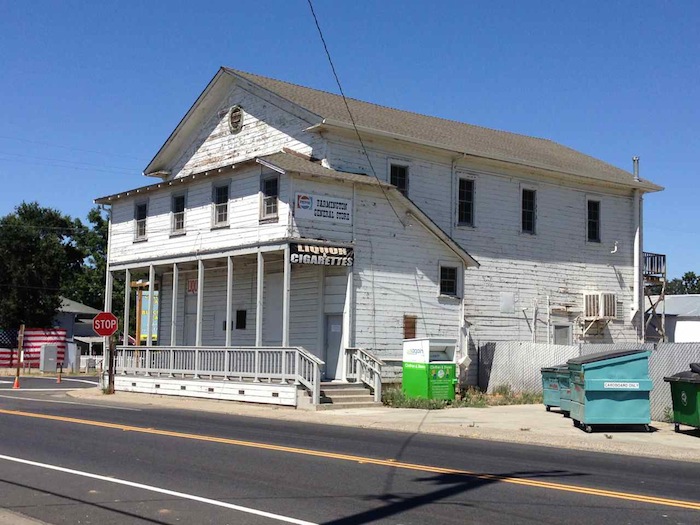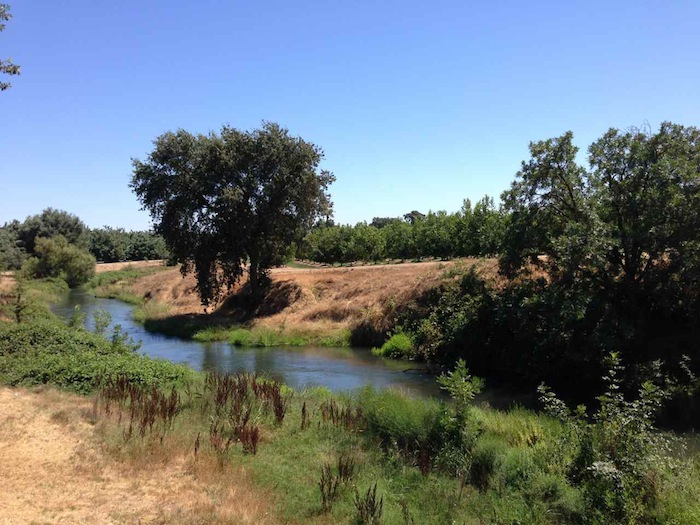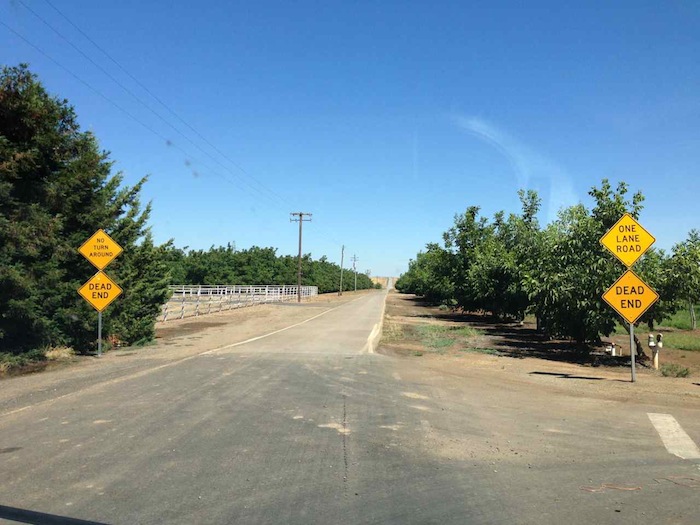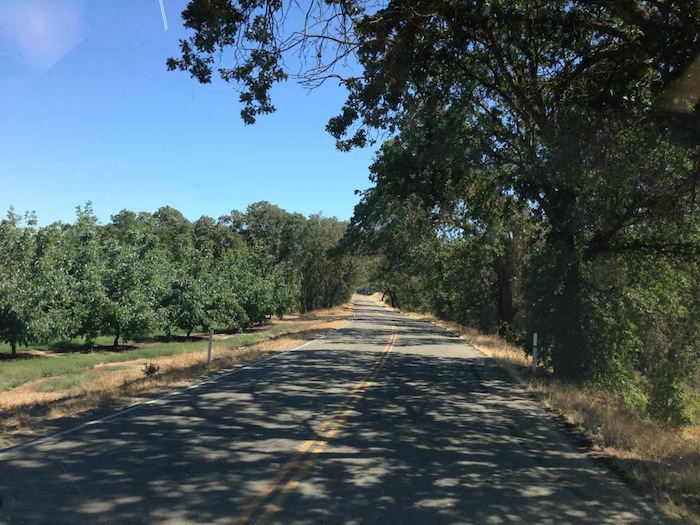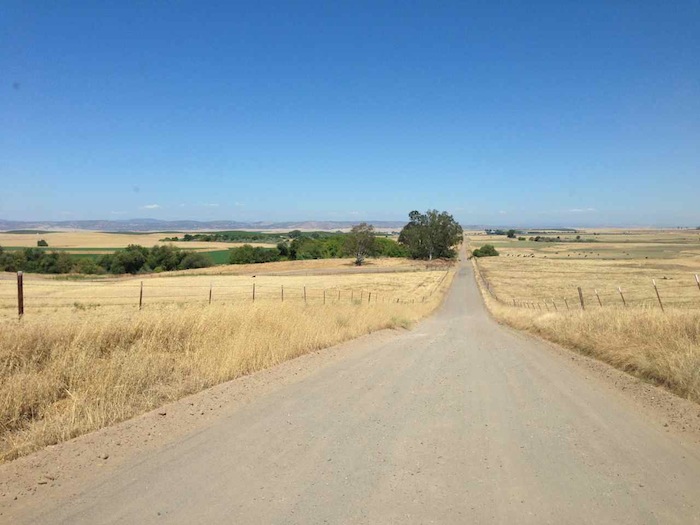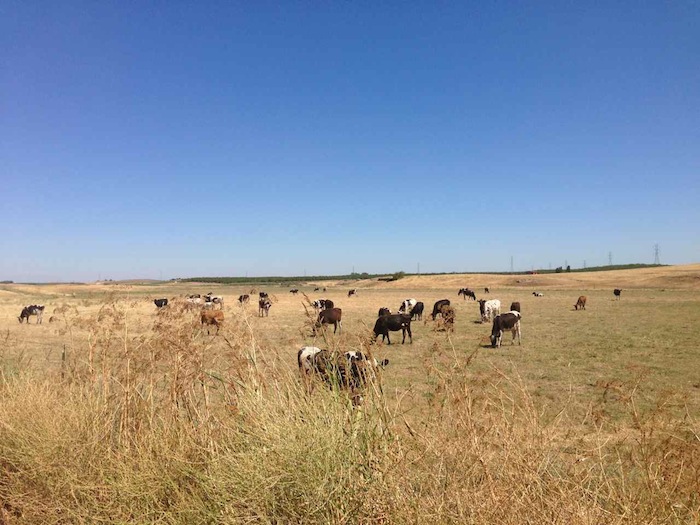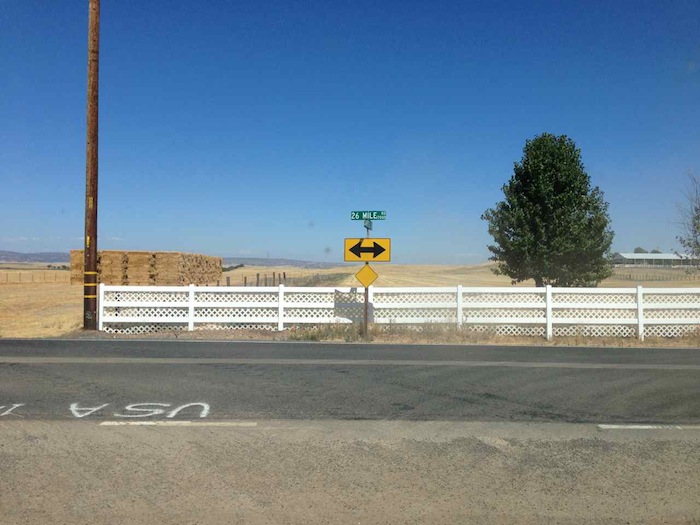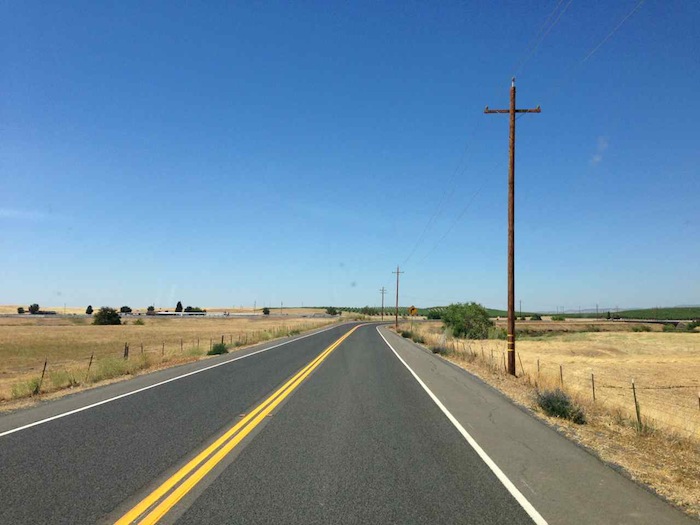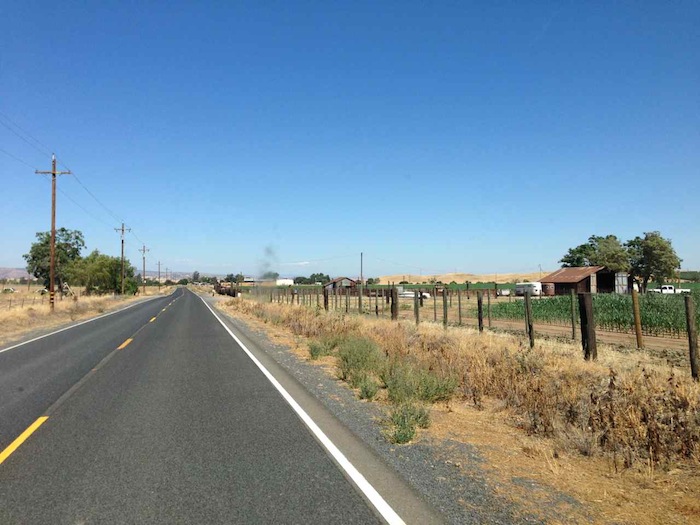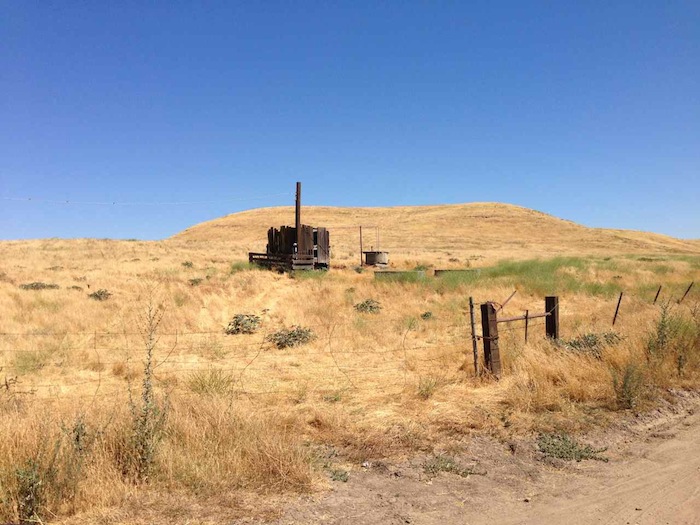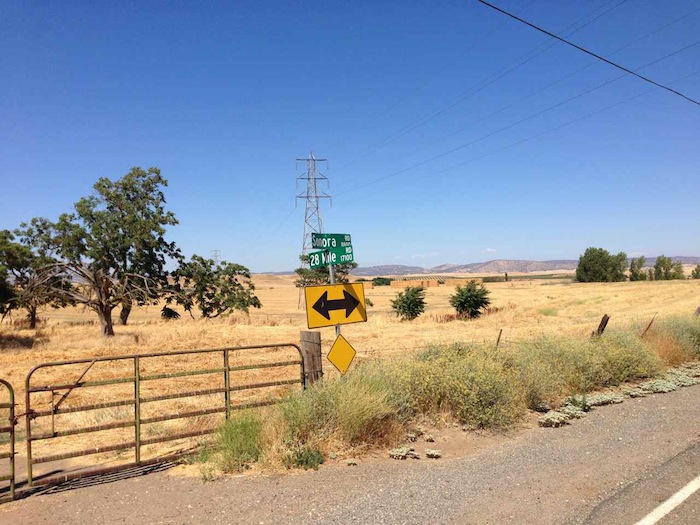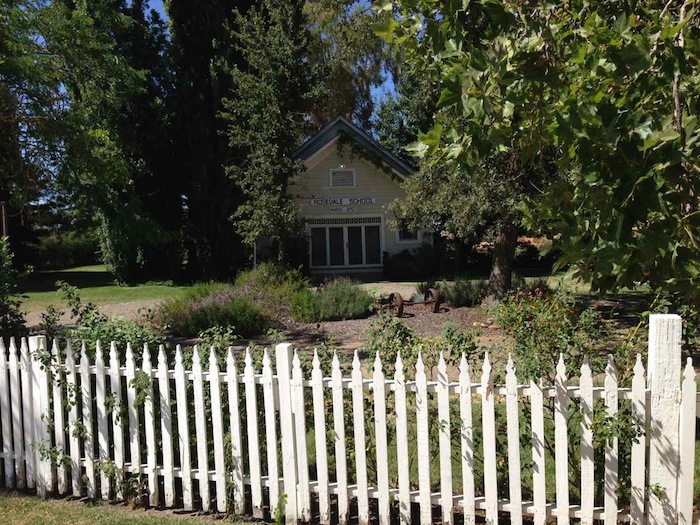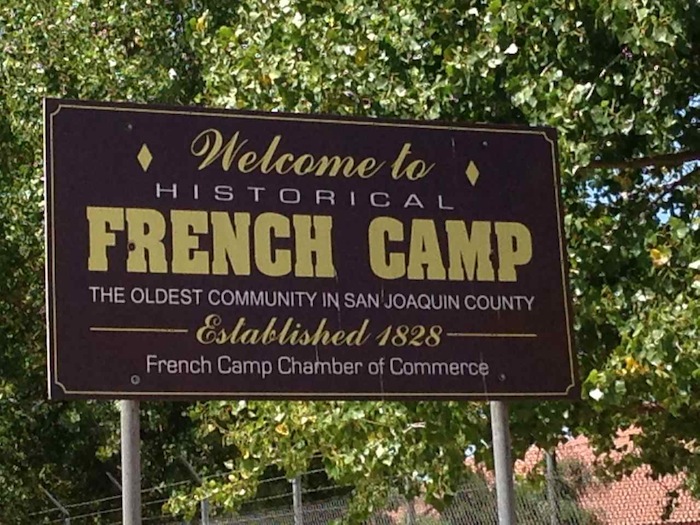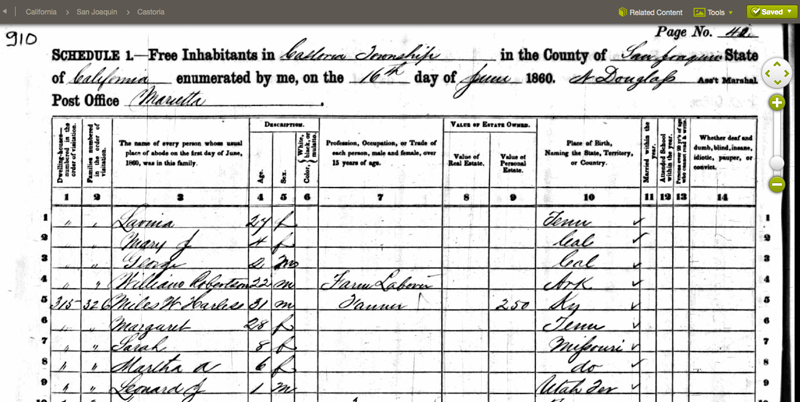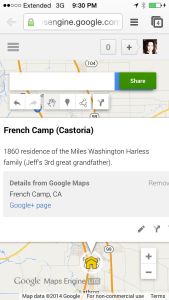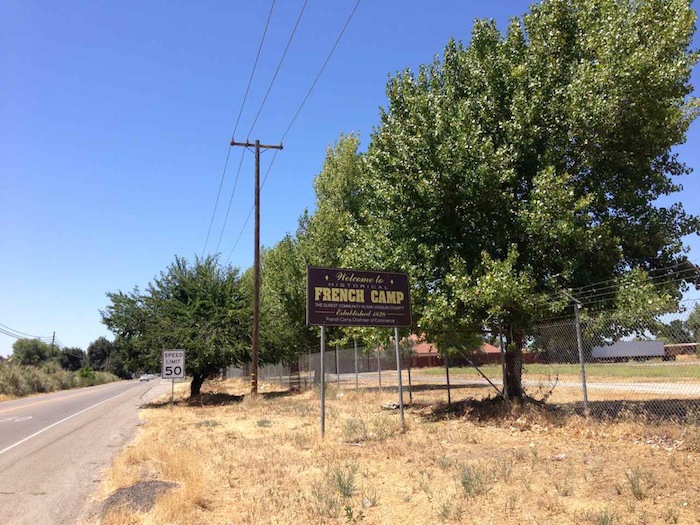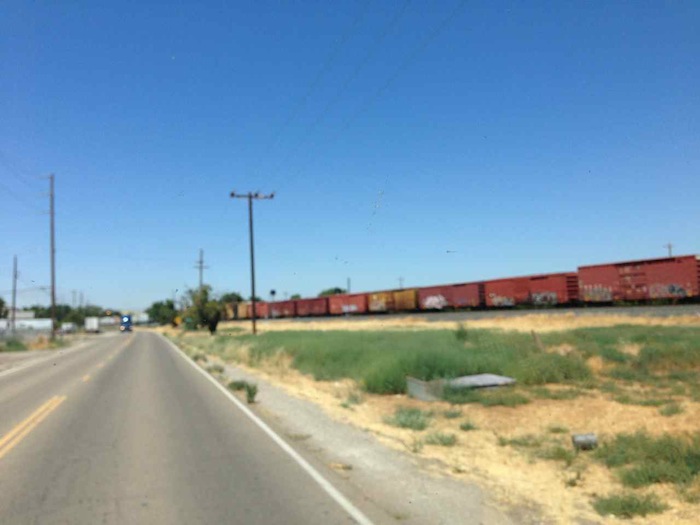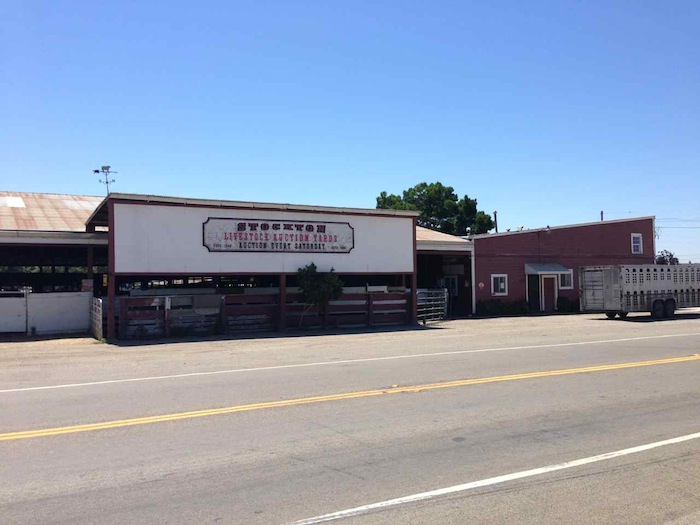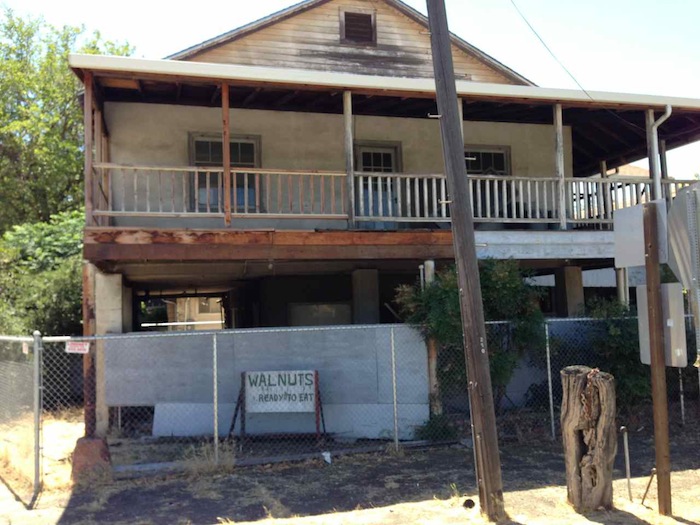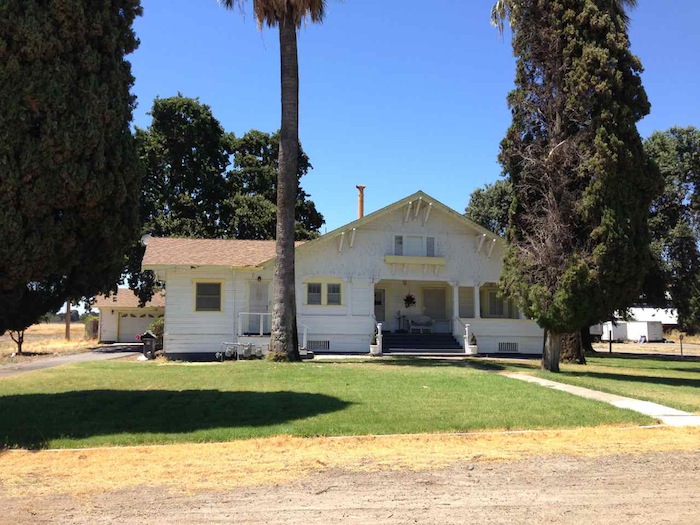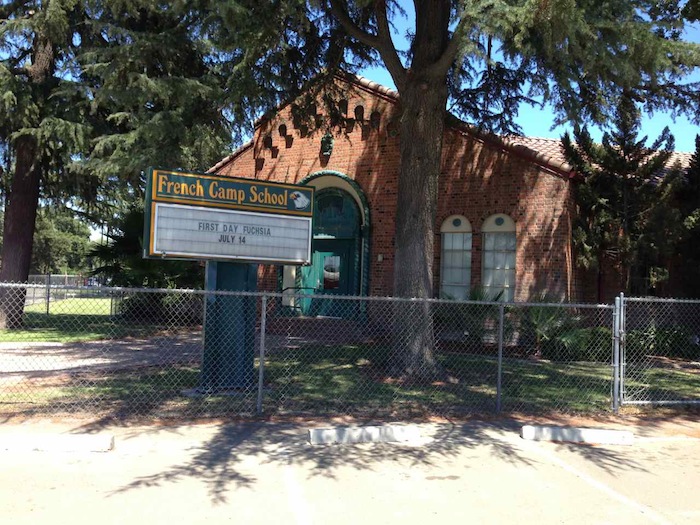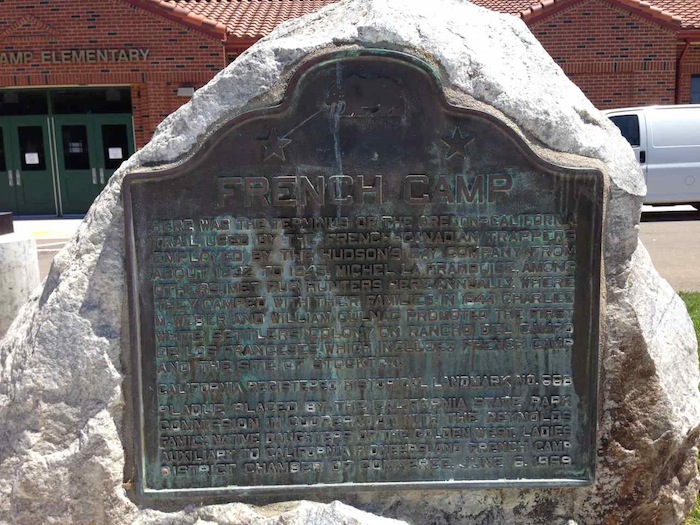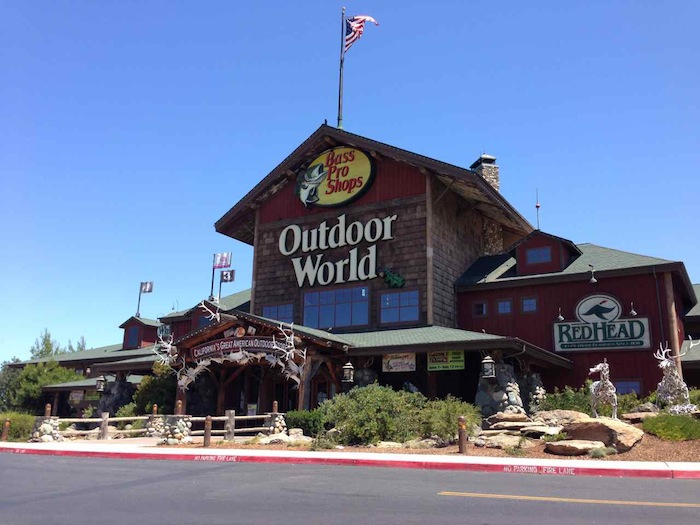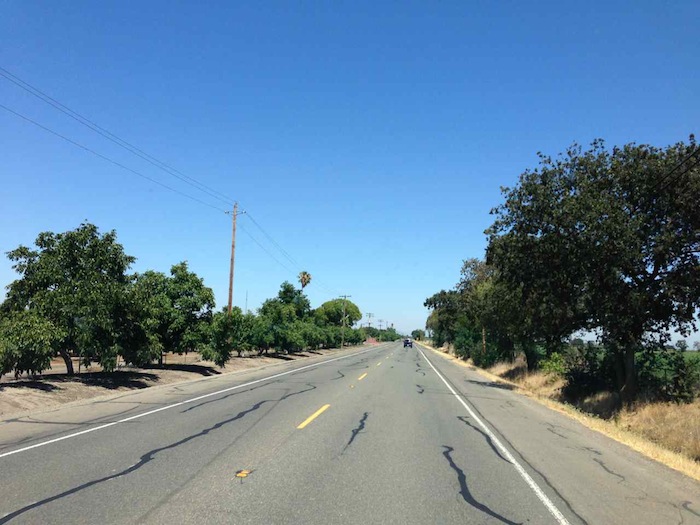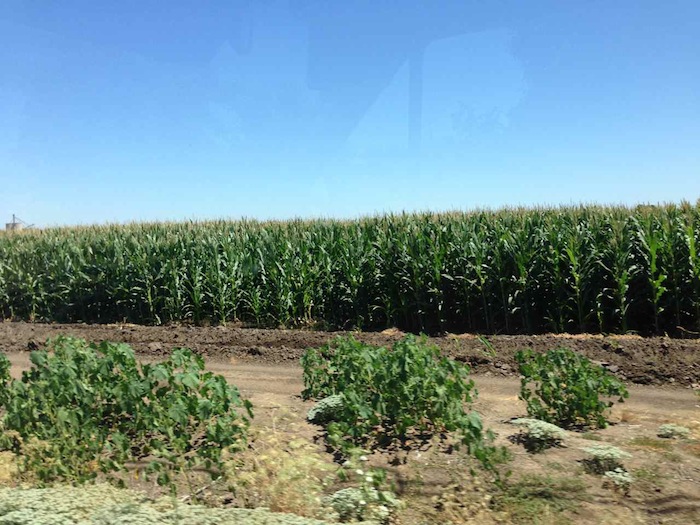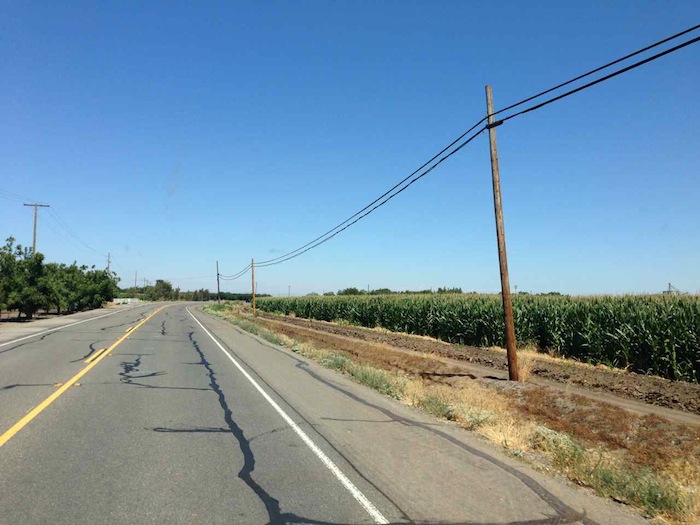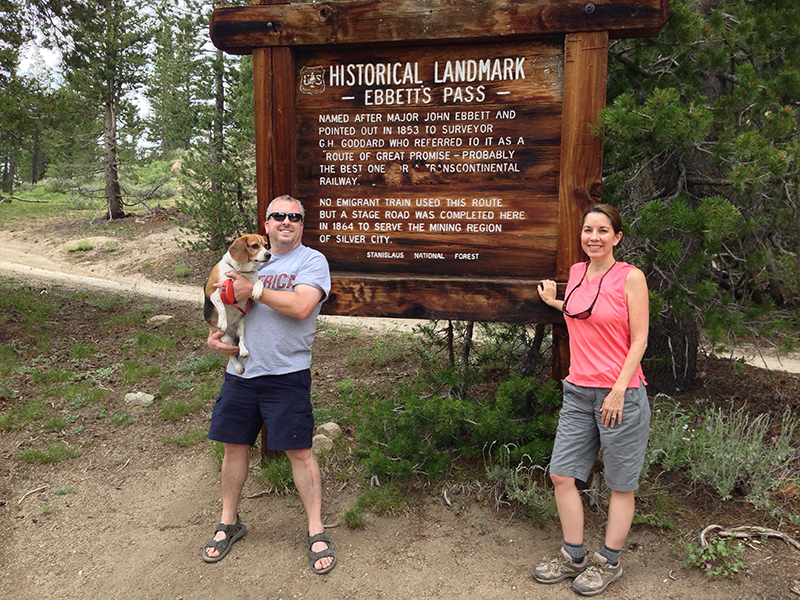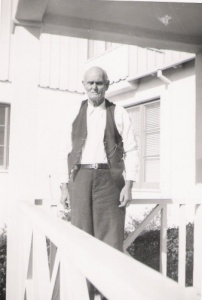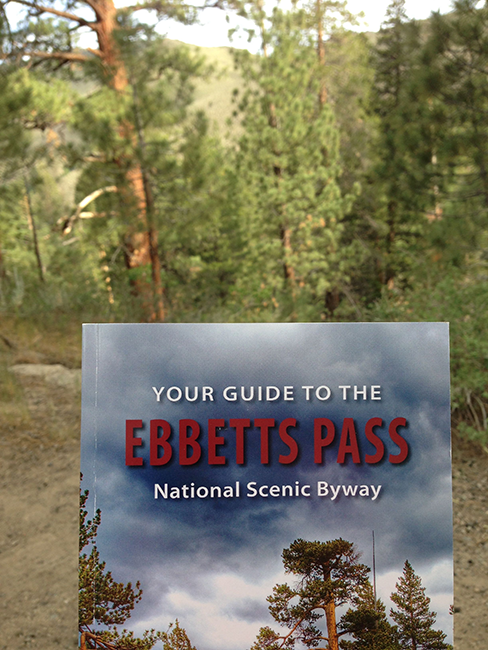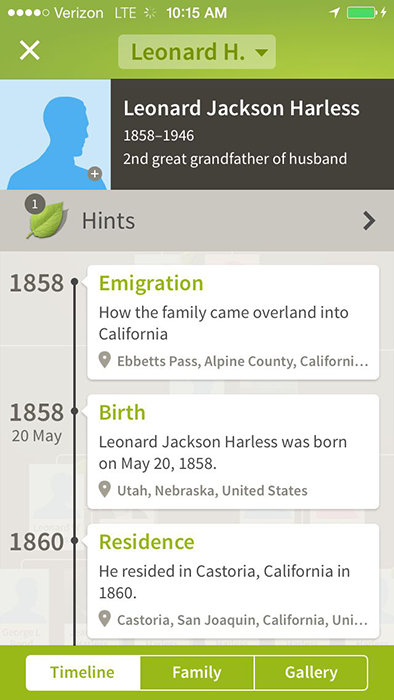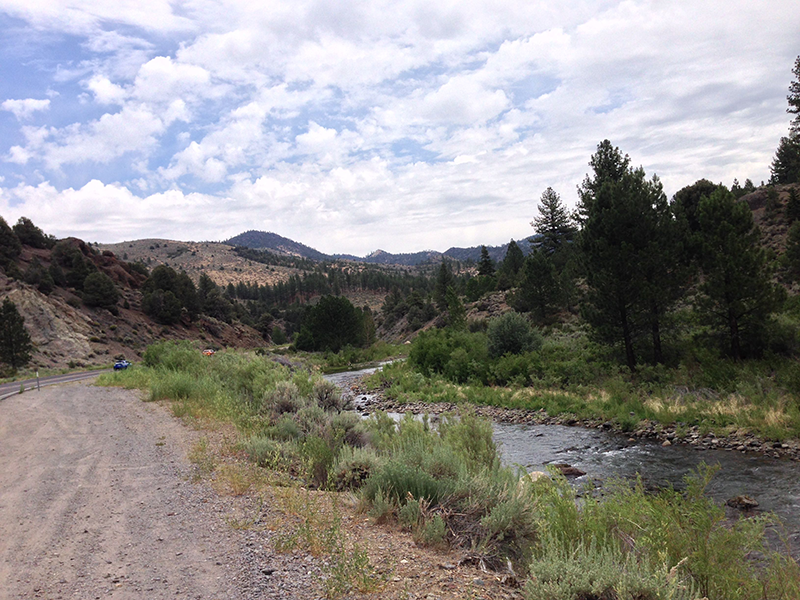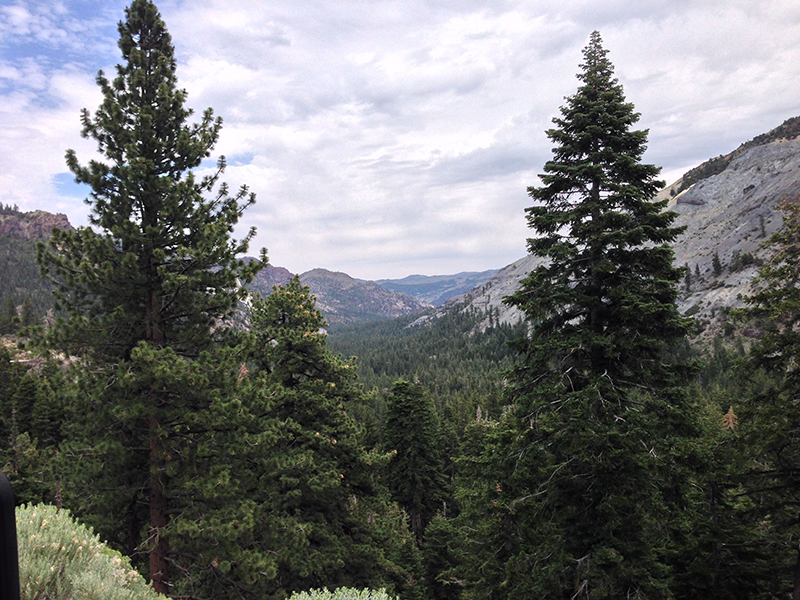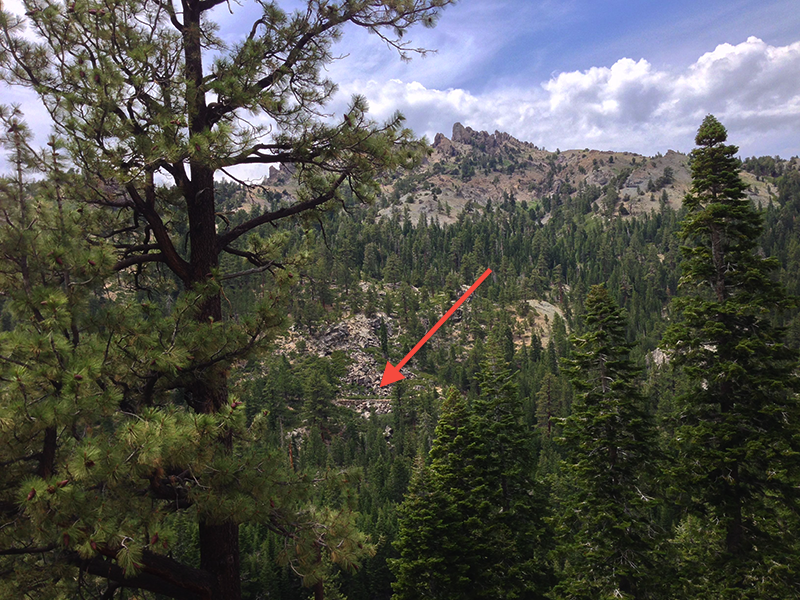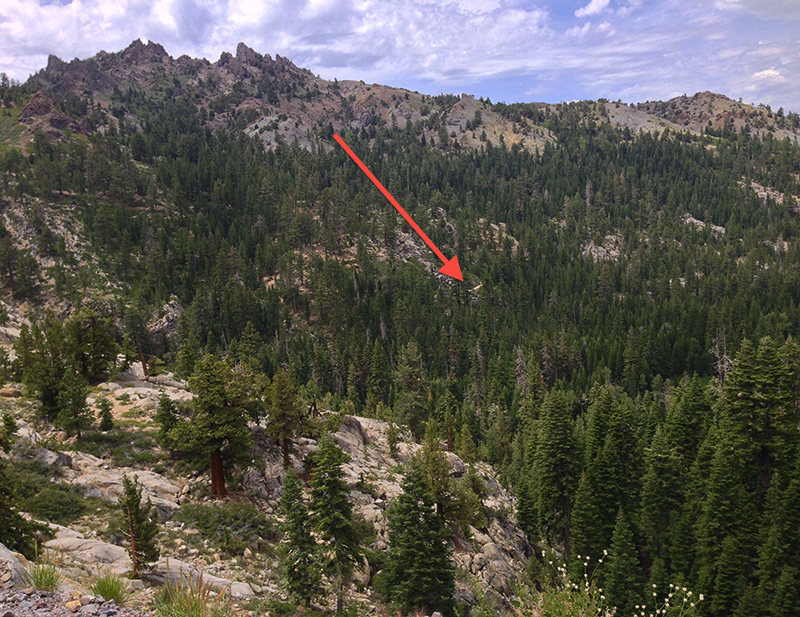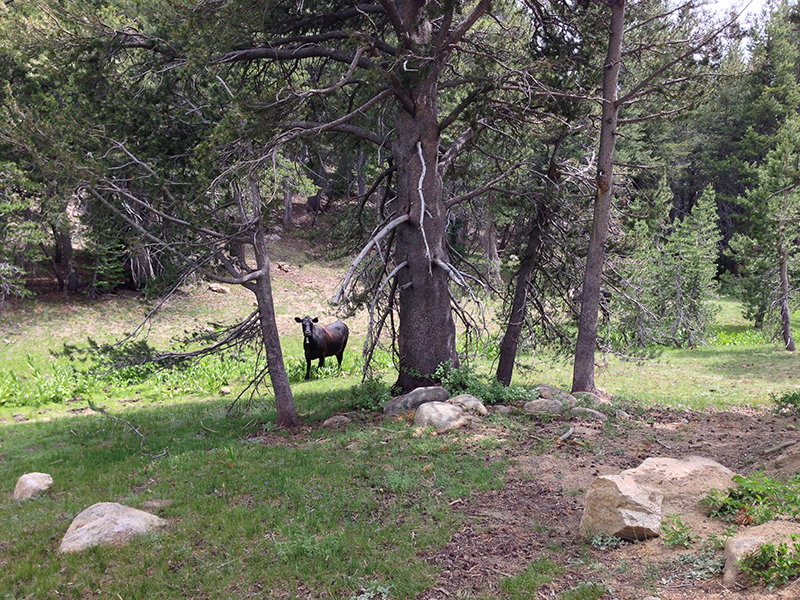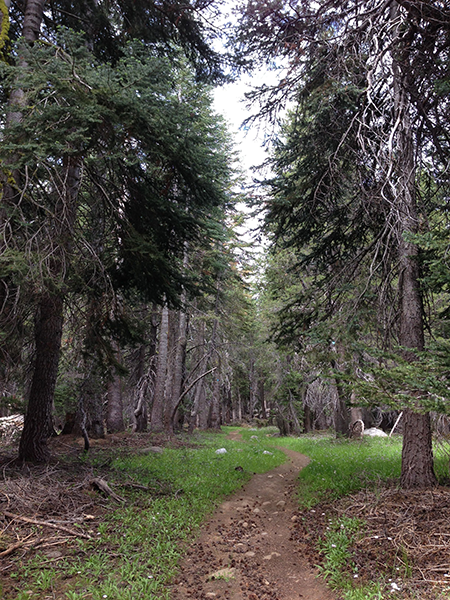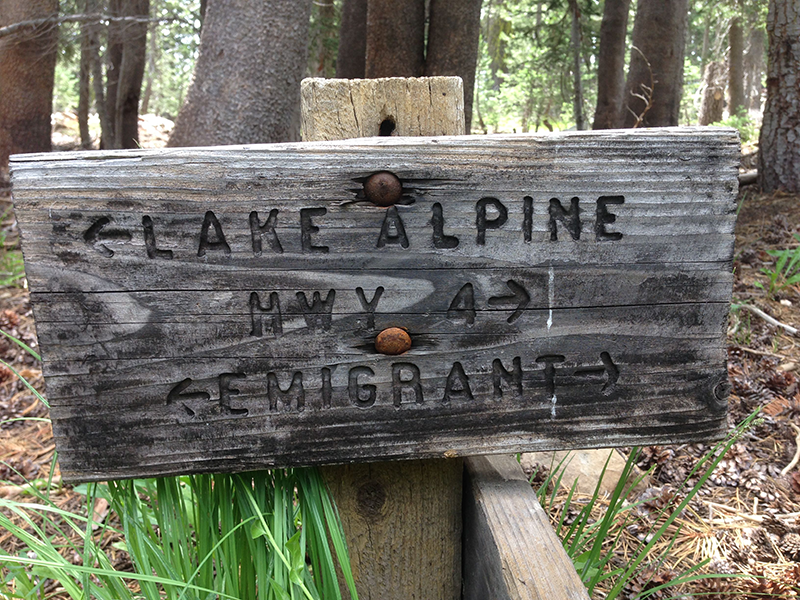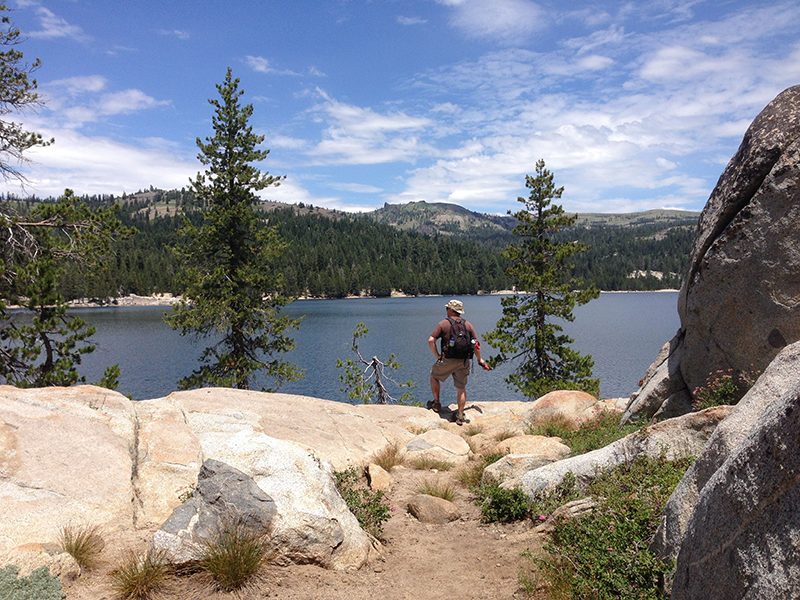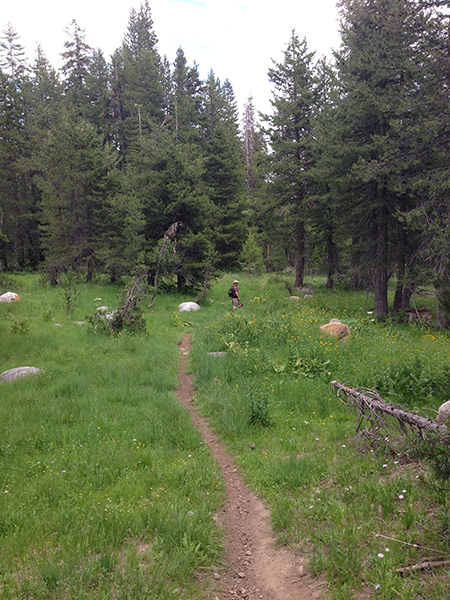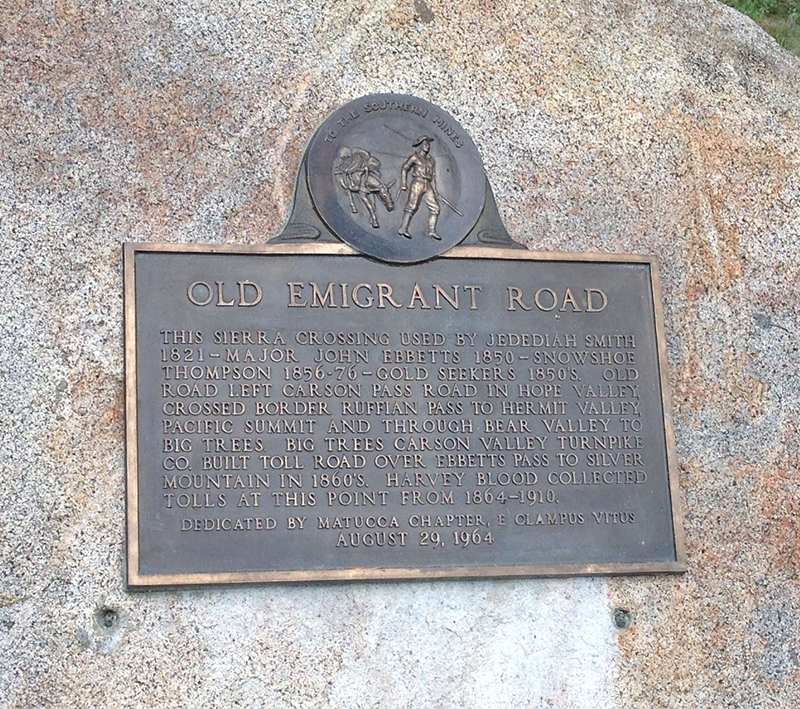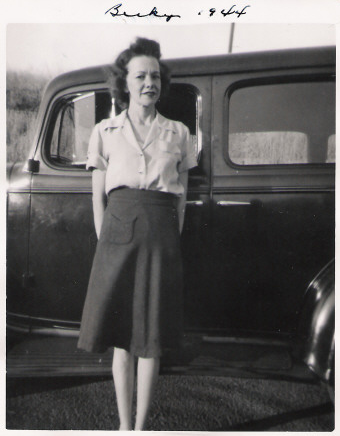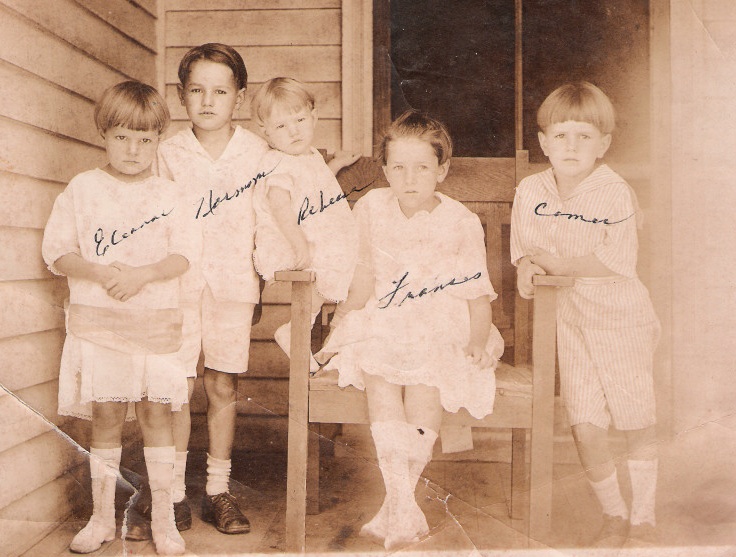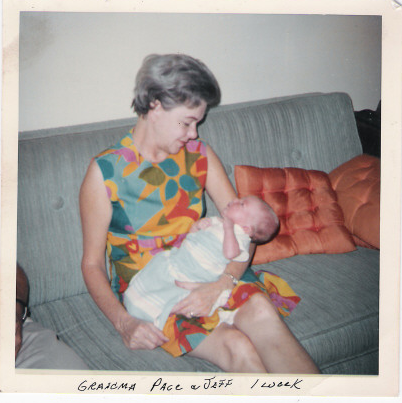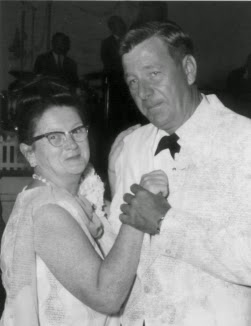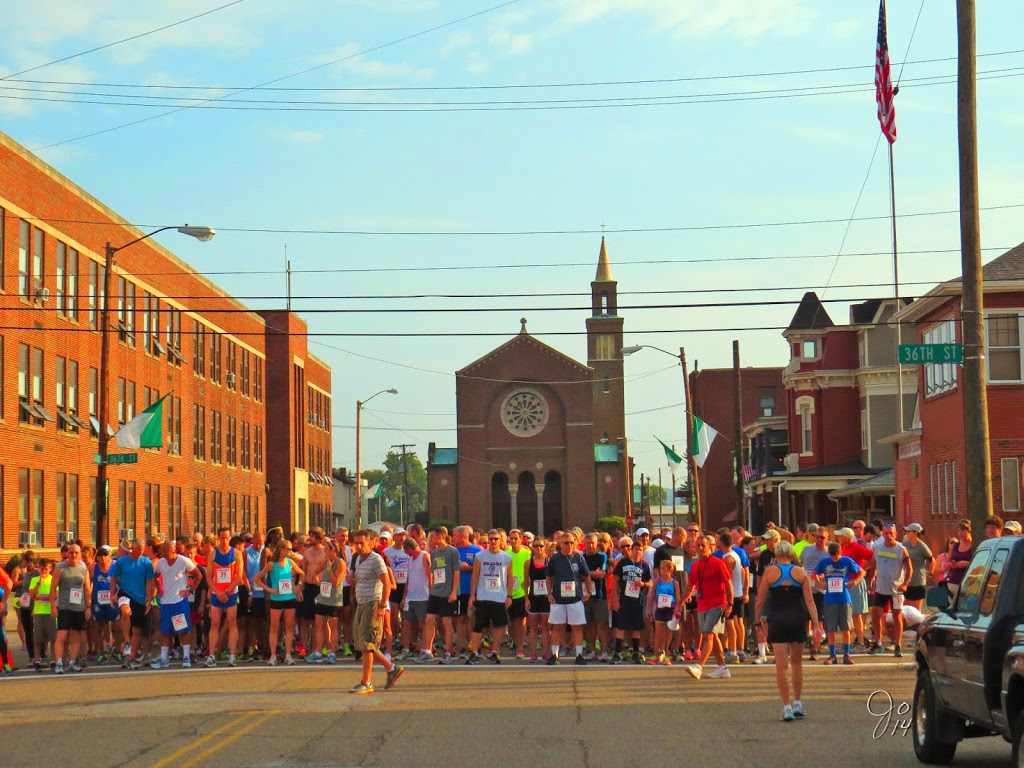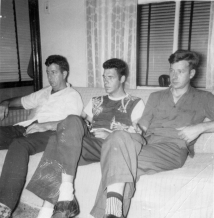This is a continuation of my last post, about my husband Jeff’s 2nd great grandmother Pauline Adeline Gann (1860-1938). It also focuses on Pauline’s husband, Leonard Jackson Harless (1858-1946). Pauline and Leonard were second cousins, sharing the same great grandparents.
The day after driving to Pauline’s birth place, Jenny Lind (in Calaverqas County, California), Jeff and I packed up the RV again, checked out of our Ebbetts Pass campground, and spent the first two-thirds of the day driving down scenic WINDING slow Highway 49, hitting all of the tiny historic mining towns between Angels Camp and Mariposa. Mariposa (in Mariposa County) — one of the gateways into Yosemite National Park — was our next big family history stop.
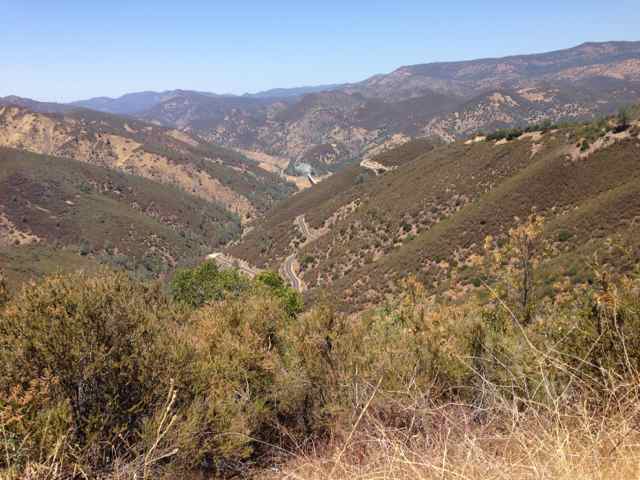
The Mariposa area is where my husband’s Harless ancestors moved to by the time of the 1880 US Census: 3rd great grandfather Miles Washington Harless died here in 1891, 2nd great grandmother Pauline Adeline Gann died here in 1938, and her husband Leonard Jackson Harless died here in 1946. The internet is flooded with photos of Leonard Jackson and Pauline Adeline’s shared headstone in the old (yet still active) Mariposa District Cemetery located smack in the middle town.
Upon arrival, we did a quick drive through of old town (yes! finally…a surviving historical district!), then pulled up to the Mariposa Museum & History Center. Jeff and Holly hung out at a shady picnic table outside while I toured this very well done museum (wonderful exhibits, incorporating some really cool historical documents) and spent a good hour talking to the super friendly knowledgeable docents (remember me mentioning how one of them laughed when I told him we drove all the way to French Camp?). Silly me thought they would instantly recognize the Harless name (they did not). But they definitely knew the specific locations I had on my list….and that was really really important. Because they convinced me we definitely did not want to try to head out to those spots during such a hot time of the year, and that there isn’t much out there to visit at all (perhaps for another trip).
So they spared my husband and beagle another day (it was the next day’s itinerary) of wild goose chases, and allowed us an extra full day to explore majestic Yosemite National Park.
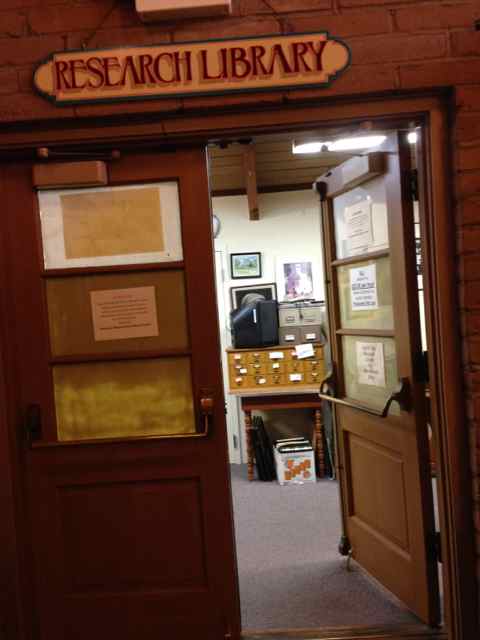
Our final stop of the day before heading through Yosemite to check-in to our next campground was the historic Mariposa District Cemetery located around the corner. The Find A Grave listing for Leonard and Pauline’s headstone identified a specific row, so we figured their plot would be a piece of cake to find. Right. There is no map posted at the cemetery, and no one there to assist with finding specific plots. We spent an hour walking all over the deceptively large cemetery in the insane heat and sun when I told my husband that I was willing to call it quits. I had copies of their headstone from the internet… I couldn’t subject us (and our poor beagle) to more aimless wandering through the cemetery in that heat. I was so upset.
As we headed towards the cemetery gate, my husband saw it…the headstone. We had practically walked right past it upon entering the cemetery. We almost missed it on our way out. After two very long days in the RV driving all over the San Joaquin Valley chasing Jeff’s ancestors, we finally found a tangible piece of family history!
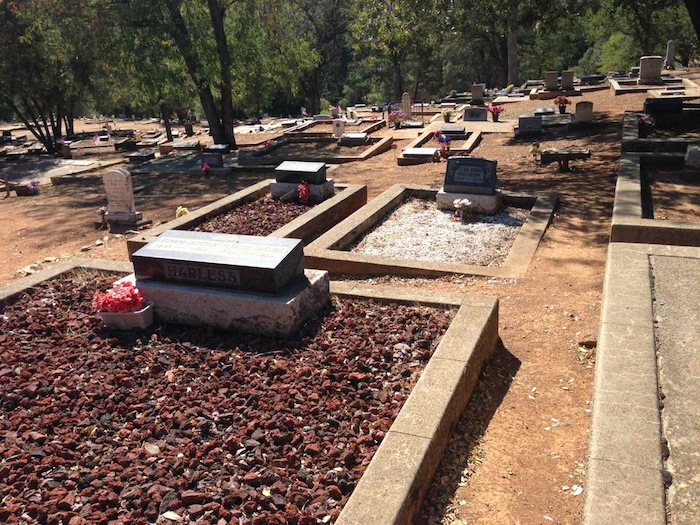
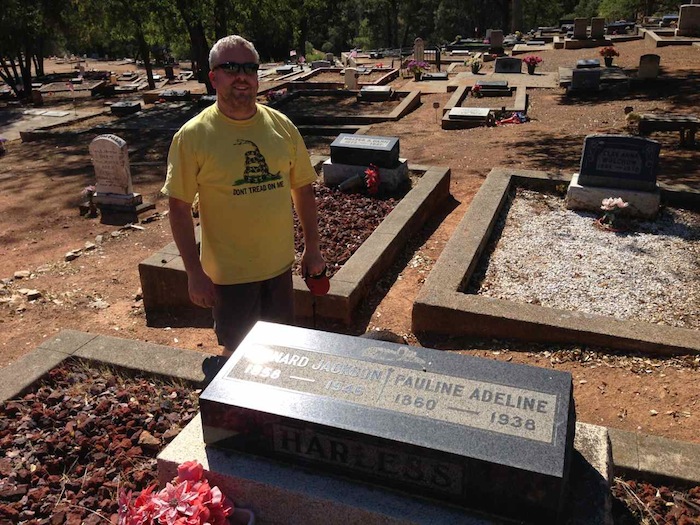
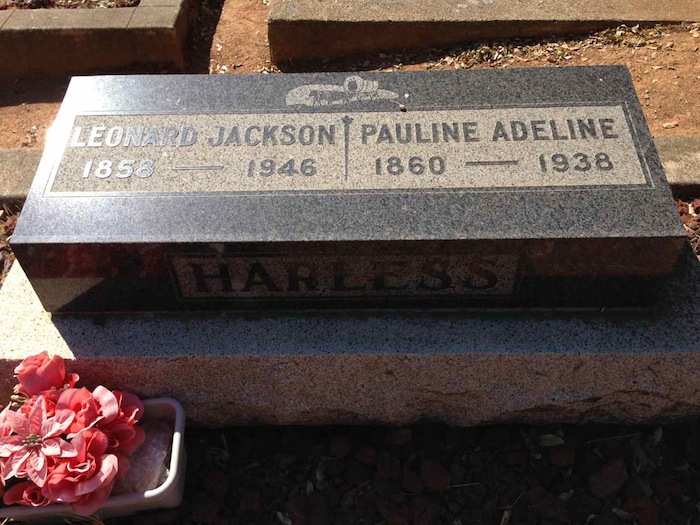
[contentblock id=24 img=html.png]
[contentblock id=21 img=html.png]
